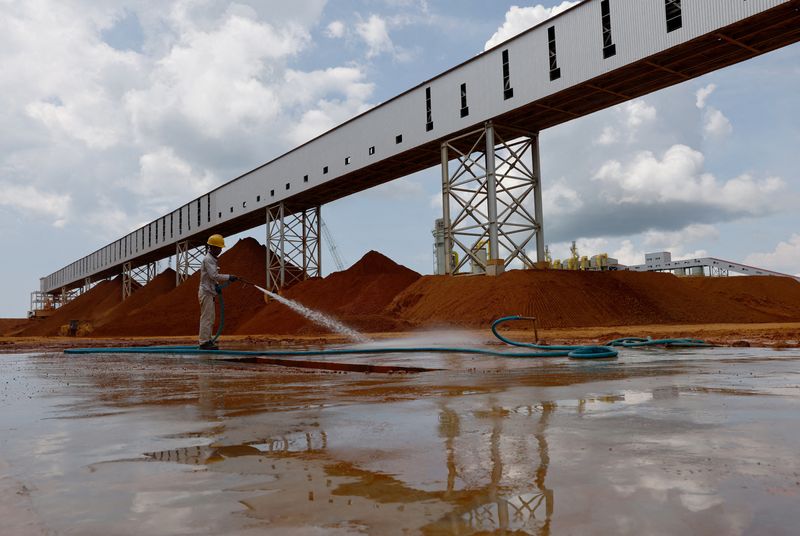What's Happening?
Recent experimental research has demonstrated that sub-Neptune exoplanets, the most common class discovered, could possess large quantities of liquid water. The study, published in Nature by Carnegie Institution
for Science's Francesca Miozzi and Anat Shahar, simulated early planetary conditions by subjecting hydrogen and iron-rich silica melt to extreme pressure and temperature. This process showed substantial dissolution of hydrogen into the melt and the production of significant water quantities via iron-oxide reduction by molecular hydrogen. The findings provide the first experimental evidence for a natural mechanism of water creation during planet formation, impacting our understanding of planetary interiors, atmospheres, and habitability.
Why It's Important?
The presence of liquid water is considered critical for planetary habitability, making this research a major step forward in the search for distant worlds capable of hosting life. By demonstrating that large quantities of water are created as a natural consequence of planet formation, the study enhances our understanding of the physical and chemical properties of planetary interiors and atmospheres. This knowledge could inform future explorations and studies of exoplanets, potentially identifying new candidates for habitability.
What's Next?
The AEThER project, which led this research, will continue to explore the conditions that enable rocky planets to develop favorable conditions for life. Future experiments may focus on further understanding the interactions between planetary atmospheres and rocky interiors, potentially leading to new insights into the formation and evolution of habitable planets.
Beyond the Headlines
The study highlights the interdisciplinary nature of planetary science, involving experts in astronomy, chemistry, planetary dynamics, and more. It underscores the importance of experimental research in validating theoretical models and advancing our understanding of planet formation processes.














